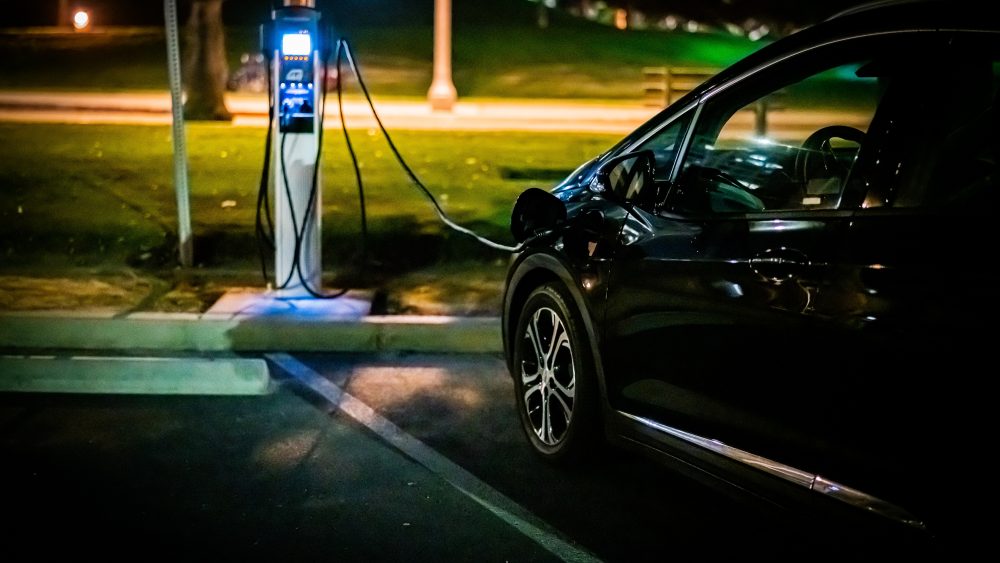If half of all vehicles sold in the U.S. in 2030 are zero-emission vehicles, in accordance with Biden administration targets, car buyers will need a lot more electric vehicle chargers — almost 20 times more chargers than today, according to McKinsey & Company.
Electric vehicle owners charge their vehicles at home or at a workplace parking lot 70% to 80% of the time, according to a 2021 study conducted by Ricardo Strategic Consulting for the Fuels Institute, a non-profit research organization.
But those home chargers are slow. With a Level 2 or 240-volt AC charger, it can take anywhere from seven to 12 hours to fully charge a 2022 model EV. Direct-current fast chargers cut that time significantly but cost tens of thousands of dollars to install and are thus limited to commercial applications.
For EVs to be accessible to all drivers, including those in dense urban areas and underserved communities where chargers are largely unavailable in multifamily housing, McKinsey estimates a need for 1.2 million public chargers by 2030.
According to the U.S. Department of Energy, there are now just over 47,000 public charging stations with Level 2 and direct-current fast chargers across the country.
As transportation leaders seek to fill those gaps, Blink Charging President Brendan Jones suggests charging personal vehicles “where they sit,” as they are parked most of the time. He named locations like parking garages, grocery and big-box stores, and work locations. Chargers could also be installed on utility or streetlight poles, he said.
“Municipalities need to start thinking differently [about] how we create an urban environment that allows everybody in apartment buildings to get charging,” said Jones. He stressed the importance for municipalities, power utilities and charge point operators to work together.

The promise of wireless EV charging
“The shift to electric vehicles is the most significant technology platform shift ever,” said Alex Gruzen, CEO at WiTricity, a company that is developing the technology for wireless charging.
The concept for wireless power transfer was developed at the Massachusetts Institute of Technology in the mid-2000s. WiTricity was formed in 2007 to bring this technology to commercial production.
The company has developed a charging pad that can be installed in public parking lots, garages or at curbside parking spaces, and recharge a vehicle equipped with a compatible receiver. “My goal is to have chargers embedded in parking spots,” Gruzen said, making it easier for drivers to charge their EVs without fumbling with plug-in cables. He added that this technology is almost a necessity for future autonomous vehicles, which may park themselves without a driver.
Electreon is taking the idea one mile further. The company is building a wireless road charging system in Detroit, a pilot project set to open in 2023 on a mile-long stretch of road.
Stefan Tongur, vice president of business development at Electreon, said that by embedding charging coils under the pavement, “what we’re doing with the road is transforming it from a road to a charging asset.” For properly equipped vehicles, such an installation could also charge electric buses, trucks and taxis.
The Michigan project will help bring the technology to market and establish use cases, he said. It’s a partnership of the Michigan Department of Transportation, Michigan Office of Future Mobility and Electrification and the Michigan Economic Development Corporation.
But Gruzen is more circumspect about the prospect of wireless road charging. “In the near term we’re not going to rip up highways,” he said.
And Jones pointed out that auto manufacturers would have to agree on a wireless charging standard and equip vehicles with a compatible receiver, adding cost, complexity and another potential point of failure in the automobile, he said.
Dan Zukowski



